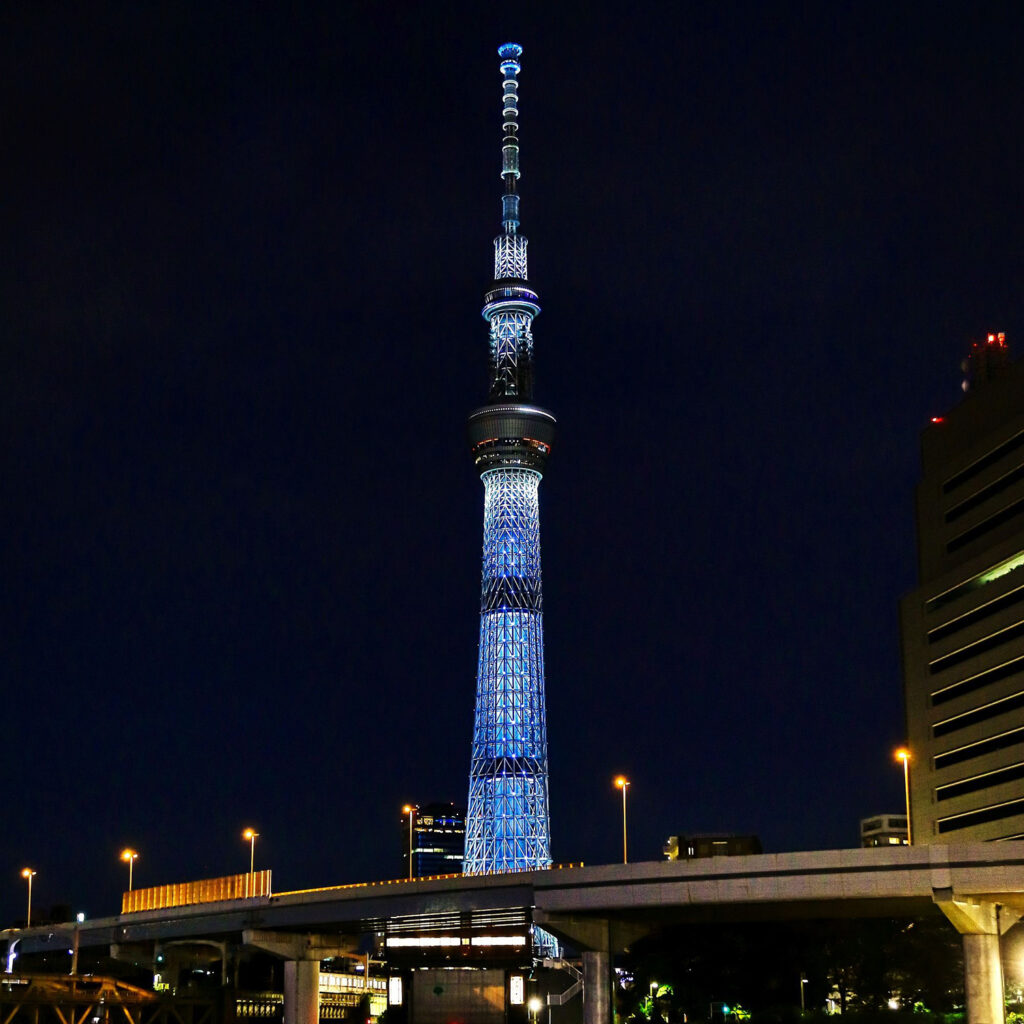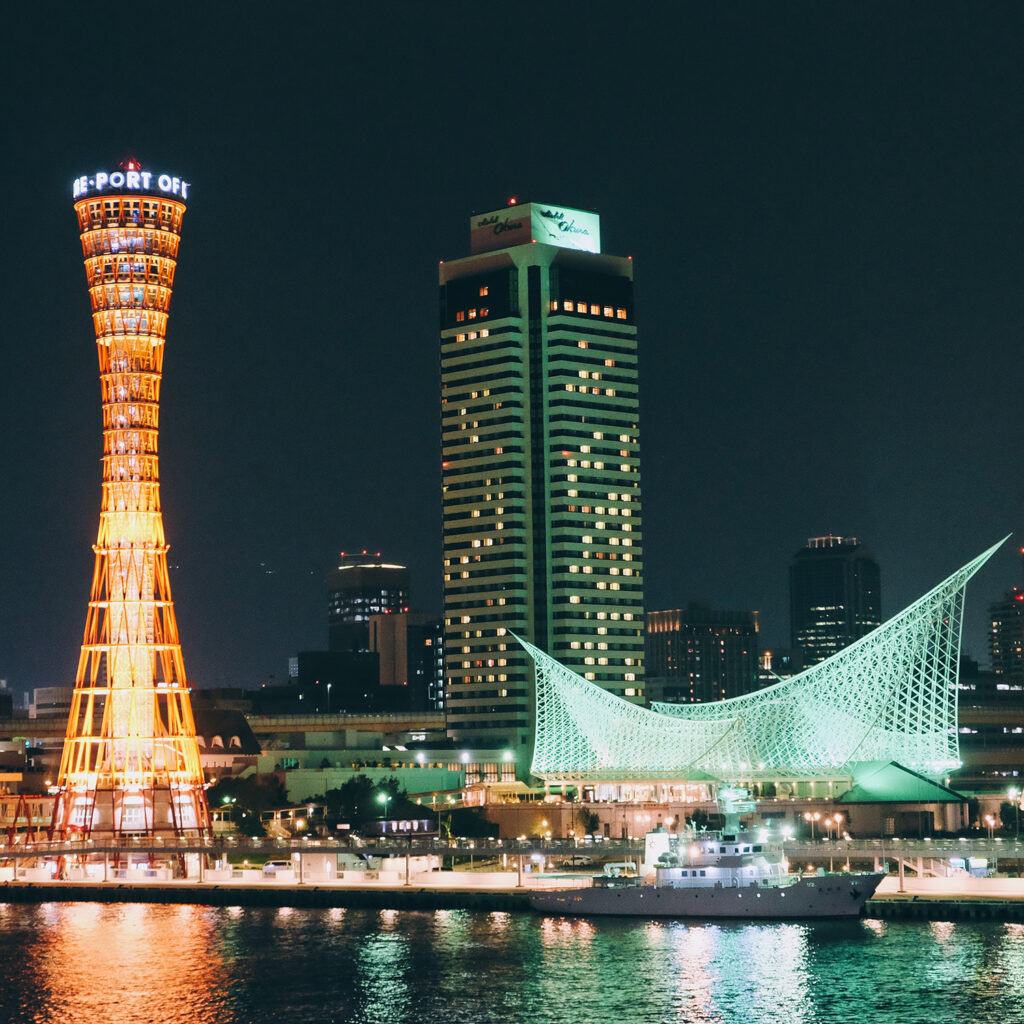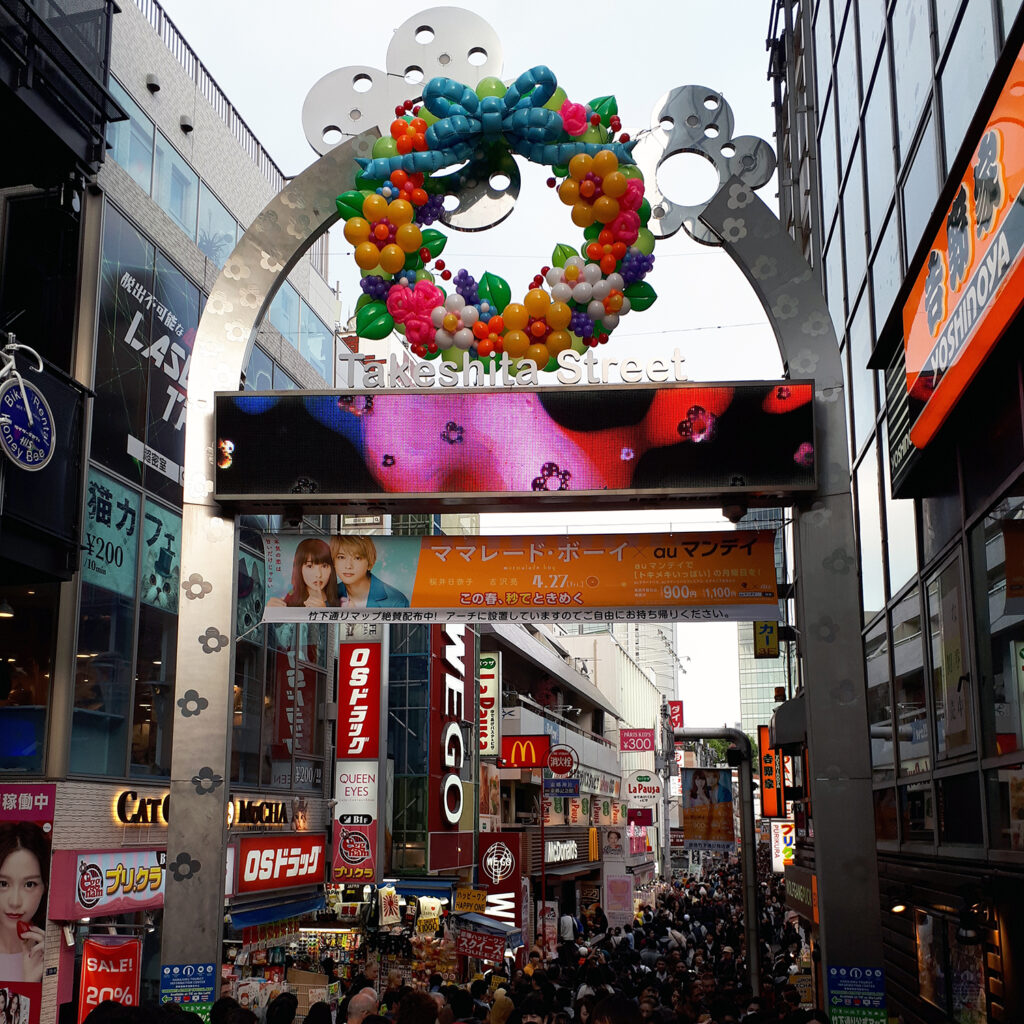The Tokyo Skytree is one of the world’s tallest free-standing towers, and an iconic symbol of the city of Tokyo. At a height of 634 metres, it towers over the city’s urban landscape, offering breathtaking views of the surrounding area.
Construction of the Tokyo Skytree began in 2008, and it was inaugurated in 2012. It was designed by architect Tadao Ando and engineer Masaki Takeuchi, and built to withstand the earthquakes and typhoons that are common in the Tokyo area.
The tower consists of two main parts: a steel section and a reinforced concrete section. The steel section, which rises for the first 275 meters of the tower, consists of a lattice structure, while the reinforced concrete section, which extends to the top, is more massive and cylindrical.
The tower is equipped with two observation platforms, one at 350 metres and the other at 450 metres above ground level. Visitors can access these platforms via ultra-fast elevators that can reach speeds of up to 600 metres per minute. The panoramic view from the top of the tower is breathtaking, offering uninterrupted views of the surrounding mountains, the city’s buildings and the rivers that meander through the area.
The Tokyo Skytree is also home to numerous stores, restaurants and attractions, such as the Tokyo Sky Museum, which offers an insight into the history of aviation and the conquest of space, as well as exhibitions on modern technology. Visitors can also enjoy a boat ride on the Sumida River for a different view of the city.
The Tokyo Skytree has become a popular tourist attraction for visitors from all over the world, drawing millions every year. It has become an icon of Tokyo and a symbol of Japanese modernity and technology.



